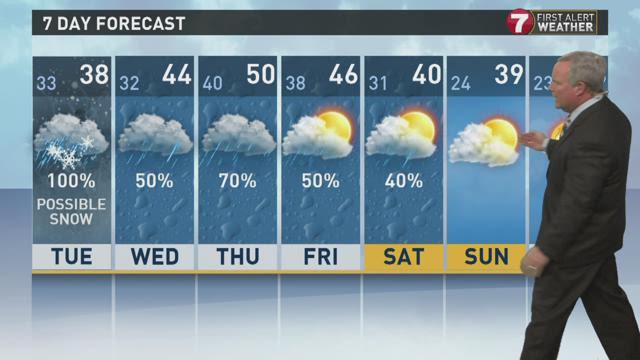
Monitoring can help us gauge the potential of, and prepare for, such events. Projections indicate climate change may alter the occurrence of extreme wind events, with the strength of extreme winds expected to increase over the southern half of the North Island and the South Island, especially east of the Southern Alps, and decrease from Northland to Bay of Plenty. Extreme wind events can occur with frontal weather systems, around strong convective storms such as thunderstorms, and with ex-tropical cyclones. Steady wind can be an important resource, but strong gusts can damage property, topple trees, and disrupt transportation, communications, and electricity. The highest maximum gust per year and the average annual highest maximum wind gust both provide information on the magnitude of extreme wind events. Using a relative threshold accounts for these differences and better captures extreme wind gust occurrences. Some places are naturally subject to stronger winds than others, so vegetation can become ‘wind-hardened’ and may have a higher tolerance to high wind gusts (eg a 100 km/hr wind gust may be damaging at one location, but not at another). By using a percentile threshold we can identify events that are extreme for a particular location. Therefore, annual counts higher than this indicate more days than usual with very strong wind gusts recorded annual counts lower than 3.6 indicate fewer strong wind gust days than usual. On average, the 99th percentile daily maximum wind gust will be exceeded on approximately 3.6 days per year. Percentiles are obtained from all available daily maximum wind gust data. The number of days with a maximum gust in the 99th percentile provides information on the frequency of extreme wind events. Available from Extreme wind annual statistics for 30 regionally representative sites. Scenarios of storminess and regional wind extremes under climate change. Available from Mullan, B, Carey-Smith, T, Griffiths, G, & Sood, A (2011). Working from the same page: Consistent messages for CDEM (p3). Accessed 3 June 2015 from Ministry of Civil Defence and Emergency Management (2010). This dataset relates to the "Lightning" measure on the Environmental Indicators, Te taiao Aotearoa website. This data shows the average annual number of lightning strikes per 25km square. However, thunderstorms, and thus lightning, can cause injury and damage (Ministry of Civil Defence and Emergency Management, 2010), and may increase in frequency and intensity with climate change (Mullen et. Lightning (and therefore thunderstorms) are also often associated with other severe weather events, such as strong wind gusts, and in extreme cases tornadoes.īy international standards, lightning does not occur frequently around New Zealand. On average, 1 in 10 lightning discharges strikes the ground (or sea) (Metservice, 2015). Thunderstorms form as a result of rapidly rising air with a high moisture content (humidity). Localities in the United States broke nearly 15,000 daily records for hot nighttime minimum temperatures from May into September.Lightning is the discharge of electricity, from thunderstorms, that equalises areas of positive and negative charge, for example, between a storm cloud and the ground.

Spain set a record for the hottest September temperature recorded in Europe, with marks of 114 and 115 degrees.Typhoon Lionrock hit Japan, China and Korea in August and killed 77 people while damaging more than 20,000 buildings.Savannah, Georgia, had 69 straight days when the temperature hit 90 or higher. A long heat wave coupled with high humidity afflicted the U.S.Flooding in Sudan and South Sudan in July and August killed 129 people and damaged more than 41,000 buildings.Flooding in Louisiana in August killed 13 people and caused around $15 billion in damage.Temperatures reached 129 degrees (54 degrees Celsius) in Kuwait and Iraq in July.Flooding in northeast China in July killed 289 people and caused about $5 billion in damage.Typhoon Nepartak hit the Phillipines, Taiwan and China in July, killing 111 people and causing at least $1.5 billion in damage.




 0 kommentar(er)
0 kommentar(er)
